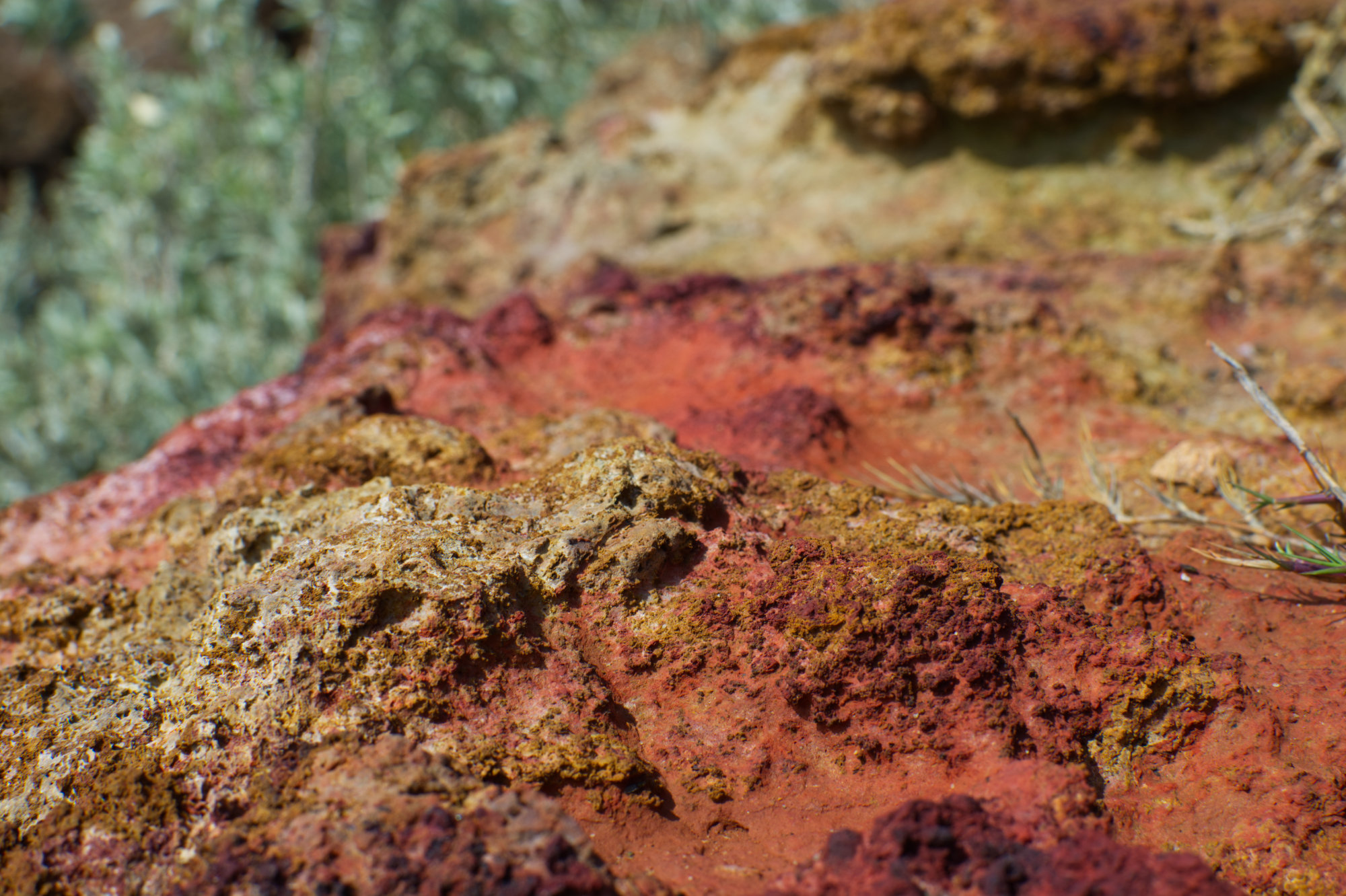
Housing
Members of Major Mitchell’s party of ‘exploration’, saw a dwelling in Western Victoria capable of housing 40 or more people, the size of a small church or hall. Structures of this size and complexity were observed by many early Australian squatters from Western Australia to Tasmania. Such large buildings were often surrounded by a village of smaller buildings. George Augustus Robinson, a white ‘Aboriginal Protector’ wrote: “They resembled large mounds and were built with stone or timber walls and turf roofs, some with two doorways and often with one or more central supporting poles so that they were strong enough for a horseman and rider to ride across.”
At Cape Otway, Geelong, Ballarat, Barwon Heads and elsewhere, villages of this type were seen prior to the war, and many had bower spinach (a staple vegetable), growing on the roof in much the same way as Europeans grow grape and passion fruit vines over the verandah. On short fishing expeditions or while traveling from one district to another, smaller bark mia mia’s were erected. This type of dwelling became more common after the 1840’s as access to land for permanent living space was denied to them.